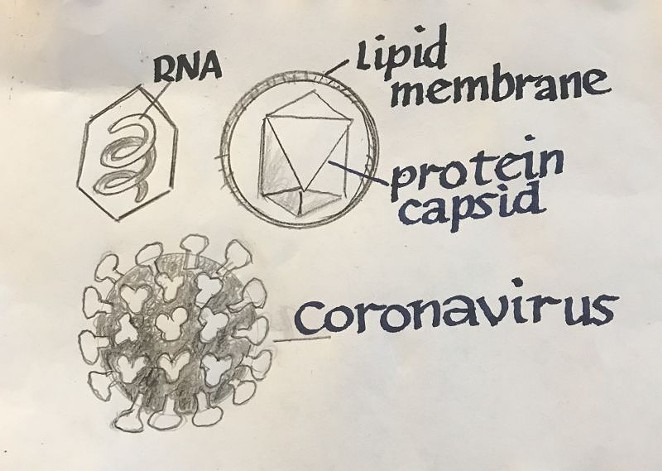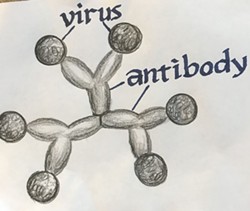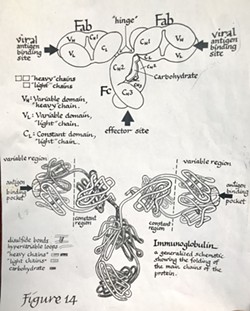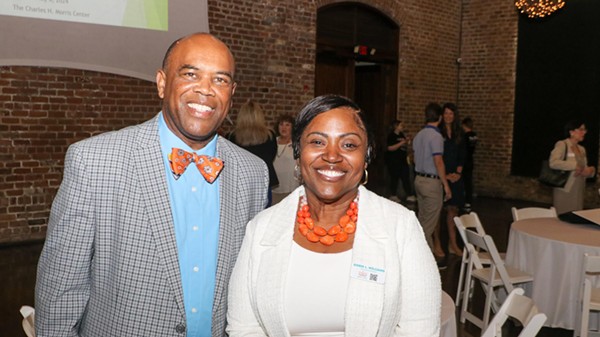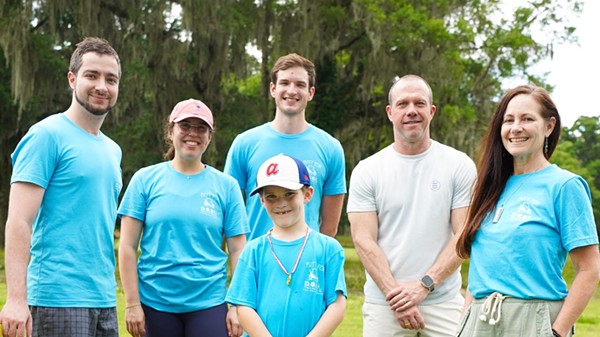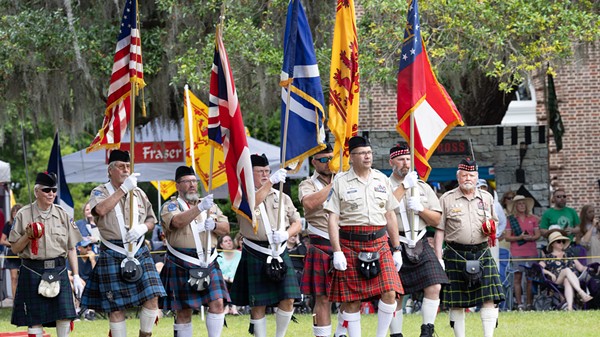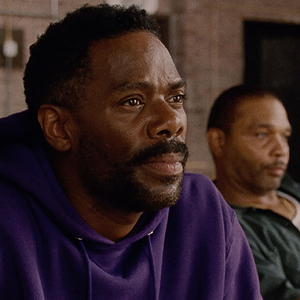The COVID-19 virus is spreading rapidly throughout the world. As this issue goes to press, Georgia has had 229 deaths from the virus, and the U.S. over 10,000 deaths.
Its symptoms are similar to the flu and common cold: runny nose, sore throat, cough, difficulty breathing, and fever. All three diseases are caused by viruses. Several other familiar diseases are also caused by viruses: mumps, measles, chicken pox, polio, smallpox, and yellow fever.
So what is a virus and how does it infect? Many diseases are caused by bacteria or protista which are complete cells.
A virus is a fragment of a cell, almost like a free-floating gene. In order to reproduce, a virus invades a normal body cell and uses the cell’s mechanism to multiply.
When the virus reproduces, the cell breaks apart and releases the viruses, which then infect other cells.
The core of a virus is a single strand of nucleic acid, usually RNA, surrounded by a capsid of protein organized into an icosahedron.
Some viruses, such as coronaviruses, are encased in a lipid membrane similar to the cell membrane.
When a virus enters a cell, its membrane merges with the cell’s membrane, and the RNA enters the cell.
Each cell uses a particle called a ribosome to synthesize proteins from its own nucleic acid. The viral RNA attaches to the cell’s ribosome to synthesize its proteins.
The viral RNA is duplicated by an enzyme, RNA transcriptase. The RNA is wrapped by the protein covering. When it leaves the cell, the virus takes a piece of the cell’s membrane. Thus, using the cell’s own machinery, the virus reproduces.
The viruses are tiny, microscopic, and spread easily. A sneeze or cough will release viral particles into the air, or people’s hands can spread them. Currently the effort is being made to keep the virus from spreading from person to person.
The best way to control or eliminate a virus infection is vaccination. Labs around the world are working on vaccines, including Dietmar Hopp in Germany. A vaccine stimulates your own immune system to attack the infecting agent.
The history of vaccination goes back to the 18th-century smallpox epidemic. Many milkmaids who worked with cows contracted cowpox, which was similar to smallpox but not dangerous.
Those dairy workers were immune to smallpox, so medical professionals began to use cowpox as a vaccine.
The immune system uses a protein called an immunoglobulin antibody. The antibody attaches to the virus and forms clumps which are gobbled up by a white blood cell known as a macrophage. These antibodies are produced by the B lymphocytes. These lymphocytes regularly attack our bodies’ infections.
A vaccine stimulates production of B lymphocytes that carry the antibodies specific to the infecting organism. Thus you become immune to that specific disease.
A vaccine is a non-dangerous form or an analogous form of the disease. Experts say that unfortunately it may take a year or more to perfect a COVID-19 vaccine.
Clinical trials are underway using blood plasma from patients who recovered from COVID-19 infections. Their plasma would carry antibodies that could attack the COVID-19 virus.

